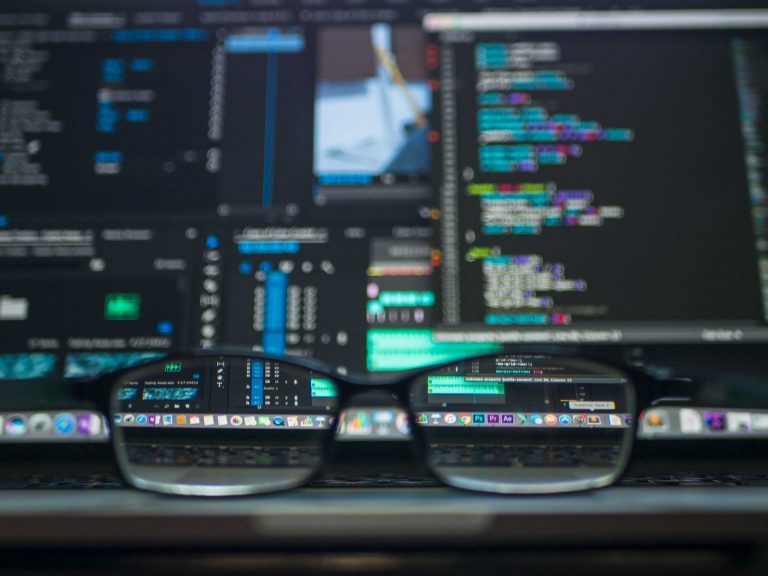The demand for language translation tools has never been higher in today’s interconnected society. Breaking down language barriers is crucial for business communication, international diplomacy, and connecting with individuals from different backgrounds. Machine learning, in particular, has played a big role in revolutionizing language translation. This write-up will delve into the impact of machine learning on the advancement of translators, focusing on the contributions made by both machine and human services.
Story Stages
The Traditional Challenges of Audio Translation
In the days before machine learning became prevalent, translating audio was a time-consuming task. Human translators had to understand both the source and target languages and capture subtle nuances in tone, context, and cultural references. Additionally, translation speed often fell behind real-time communication, making conversations difficult.
Moreover, early automated audio translators were far from perfect in terms of accuracy. Dialects, accents, and background noise could all introduce errors into the translation process, potentially leading to misunderstandings or misinterpretations. These challenges emphasized the need for a dependable solution.
Machine learning, particularly neural machine translation (NMT), has emerged as a game-changing technology in audio translation. NMT systems leverage deep learning algorithms to process vast amounts of language data, allowing them to translate text and, more recently, audio with remarkable accuracy.
The Human Touch in Machine Learning
While machine learning has undoubtedly transformed the transcription and translation industries, it’s essential to acknowledge that the human touch remains irreplaceable in certain aspects. GoTranscript recognizes this and combines the strengths of machine learning with human transcriptionists, translators, and proofreaders to provide the best of both worlds.
Humans bring their linguistic expertise, cultural understanding, and contextual awareness to the table. They can decipher accents, understand nuances, and ensure the final transcript is accurate and contextually relevant.
This human and machine intelligence blend ensures that the transcription services delivered meet the highest quality standards. It eliminates the risk of misinterpreting context or missing out on subtleties that only humans can grasp.
Overcoming Language Barriers With Accurate Translations
Accurate translations are critical to effective communication, and machine learning is crucial in improving translation accuracy. These algorithms excel in delivering translations that are faithful to the original message.
This accuracy is particularly beneficial in healthcare and legal services sectors, where precise communication can have life-changing consequences. In medical settings, for example, machine learning-powered audio translators ensure that healthcare providers can communicate effectively with patients from different linguistic backgrounds, enhancing patient care and safety.
Customization and Personalization
Machine learning-driven audio translation platforms also offer customization and personalization options. Users can fine-tune the translation models to match specific industry jargon or communication preferences. This level of adaptability is invaluable in contexts where specialized terminology is prevalent, such as the legal or technical sectors.
Moreover, the ability to personalize translations based on individual preferences and cultural sensitivities fosters a more inclusive and respectful environment for cross-cultural communication. Users can set parameters to ensure translations align with their values and communication style.
Big Data in Machine Learning and Human Translation
Big data is a pivotal force shaping machine learning and human translation landscapes. In machine learning, extensive datasets form the cornerstone for training algorithms, enabling them to grasp speech intricacies, resulting in improved audio translation accuracy. The abundance of diverse audio samples, spanning languages and accents, fosters algorithmic adaptability and sophistication, heralding more precise and accessible translation services.
Concurrently, in human translation, big data contributes significantly. It serves as a wellspring for training and refining translators’ skills, exposing them to various accents and dialects. This rich dataset empowers these services to establish quality benchmarks and streamline processes, ensuring consistent, efficient, and accurate results. In essence, big data enables the evolution of both machine learning-driven automation and human expertise, enriching the capabilities of audio translation services across the board.
The Future of Audio Translation
Machine learning has already profoundly impacted audio translation, but the journey is far from over. The future promises even more innovation in this field, with the potential for enhanced natural language processing, real-time communication, and expanded language support.
Several industry leaders are actively investing in research and development to further improve the capabilities of audio translation systems. Integrating machine learning with other emerging technologies, such as speech recognition and augmented reality, promises new ways to break down language barriers.
Final Thoughts
In conclusion, the impact of machine learning on the evolution of audio translators, exemplified by GoTranscript, cannot be overstated. From overcoming the limitations of traditional translation methods to enabling real-time communication across languages, machine learning has ushered in a new era of accessibility and understanding in our increasingly interconnected world. However, it’s crucial to recognize that while machine learning is a powerful tool, the human element remains invaluable.
Combining machine learning algorithms and human editors is a winning formula to ensure translation services provide the highest accuracy and context awareness. As technology advances, the future of audio translation holds exciting possibilities that will continue to reshape how we communicate across languages and cultures.
